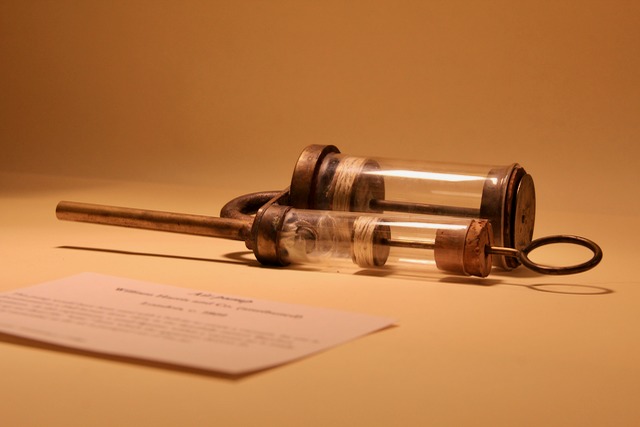Implications
Aristotle argued that nature cannot contain vacuums because the denser surrounding material will immediately fill the place where there is no air. And since Aristotle’s ideas were adopted by Christianity, his model dominated the scientific thinking for a very long time (Carnot, 2016, para. 7). In 1630, Descartes also argued that there could be no void, no vacuum because empty spaces could only be conceived as matter (Carnot, 2016, para. 9).
The idea of air and its properties emerged again after the famous barometer experiment was conducted by Torricelli. He began to think that the water was pushed up by the atmospheric pressure, which pointed to evidence that air had weight. But even then, scientists like Galileo had accepted the weightlessness of air as a simple truth (Carnot, 2016 para. 15). Plus, Torricelli, after his mercury experiment, was afraid to show others his findings as he didn’t want to be arrested or be thought that he was up to some sorcery and witchcraft (Carnot, 2016, para. 17). This shows the pre-established dogma and lack of interest in the public toward air. People did not know its significance, but they couldn't have known what they didn’t know.
A small break through, however, occurred when Otto Von Guericke started experimenting with the air pump. This was followed up by Christiaan Huygens and Robert Boyle. Their findings/experiments included sound not being able to be heard inside a vacuum, a candle extinguishing slowly as air was sucked out, fish and animals dying in a cruel manner by swelling when air was exhausted and free fall speed of a feather being equal to that of a piece of lead (Jousten, 2016, 6). The small world inside these vacuum pumps was somehow different from the world in which we lived in. Amusing to crowds, these demonstrations became popular entertainment to the public, but it also held a much larger significance in the bigger picture of scientific revolution. For the first time, this instrument allowed humans to isolate air as a factor, allowing one to see and comprehend how things behaved differently with and without it. From this point on, air could not be ignored as a trivial substance and it was no longer a weightless thing surrounding us; it had properties that we did not know of. The pump revealed the existence of complicated features of air, generating an incentive to study more about it.
The discussion of vacuum and air as a complicated substance unfortunately died down in the science world after Boyle, Huygens, and Von Guericke passed away, but this didn’t mean that the public’s interest in this discussion was gone too. Rather, the air pump transformed from a specialist instrument to an object of commerce. Instrument makers gradually took over in the manufacturing of the pumps, with some developing their own designs (van Helden, 1991, 154). Demand for these air pumps was growing and it became a common instrument by mid eighteenth-century. While they remained expensive, it was sold by many makers around Europe with customers including universities, private demonstrators and wealthy citizens (van Helden, 1991, 154). We can only imagine Hall and Middlebury College as one of these customers.
